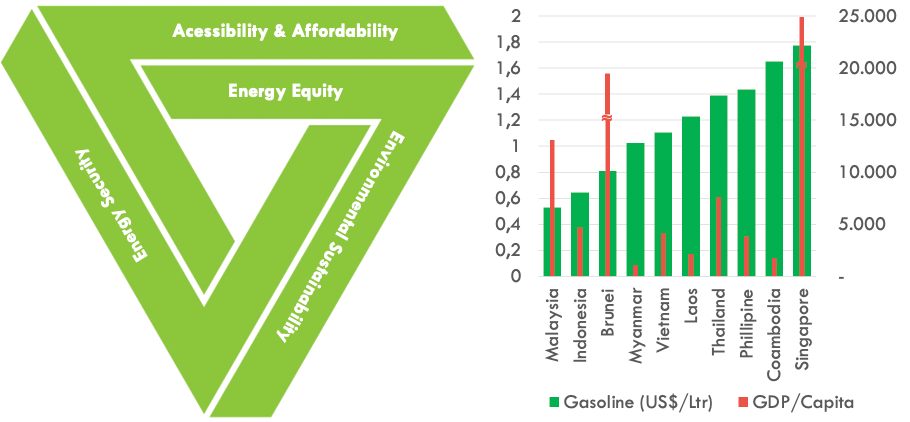Reactor for Energy Survival
Advanced Renewable
Mon , 13 May 2024 17:38 WIB

Of the various reactors that we introduced previously, what is no less important is the newest reactor which we call the Synthesis and Reforming Reversible Reactor (SR3), compared to the previous one, this is the one that can best become our energy survival reactor. Why is that?
This reactor can be used to convert fuel from one type to another, becoming a kind of interface if the fuel source we have is different from the fuel we need. For example, if we have low quality oil with various hydrocarbon compositions in it, while what we need is pure gasoline, with SR3, we reform this low quality oil into CO and H2, after which it is synthesized again into long chain hydrocarbons which are suitable for gasoline.
It could also be because we want to double the energy conversion efficiency of what we have. For example, we have gasoline, but the efficiency of a gasoline-fueled combustion engine is only 25%, how can we make it 50% or even more? Gasoline is reformed into H2 and CO (Syngas) then the CO is reacted again in Water Gas Shift (WGS) to produce even more H2, then we will be able to produce H2 around 2.4 times of that contained in the petrol formula.
The additional 140% of H2 comes from the steam that we use for reforming and for WGS. If we use H2 as fuel for fuel cells, the level of energy conversion efficiency will be more than 2 times that of a gasoline combustion engine.
What is special about the SR3 reactor is its ability to facilitate two-way reactions at once, namely the first is a synthesis reaction to make long chain carbon fuels such as gasoline and diesel from CO and H2 gas, and the second is a reforming reaction, namely breaking down the long chain fuel like gasoline and diesel, back into CO and H2.
What's the most interesting is that both synthesis and reforming reactions can be made exothermic, meaning they produce energy and do not require external energy input except at the beginning of the reaction. For synthesis we use the Fischer-Tropsch reaction which is indigenously already exothermic, while for reforming we use Autothermal Reforming (ATR) - which is an engineered exothermic, we burn some C to produce heat - partial oxidation (POX), the heat is used to release H2 from H2O, and H2 has energy that is 4 times greater than C for the same unit weight.
With capabilities like this, there will be a lot of potential for using this SR3 in the future. Among them are for Hydrogen Fuels Cells which can use diesel or petrol fuel - which is much cheaper and easier to carry. It is also possible to decompose and recompose hydrocarbon fuel in any form, into the high quality fuel we need.
Pos Lainnya
Char-Based Food, Energy and Water (FEW) Securities
May 13, 2024
3D Solution for Energy Trilemma
May 13, 2024
Affordable Clean Energy In One Step
May 13, 2024
Who Will Clean Our Sky?
May 13, 2024
Kategori
Renewable Energy






Silakan mendaftar terlebih dahulu!
Untuk memposting komentar baru. Anda harus login terlebih dahulu. Masuk
Komentar
Tidak ada komentar